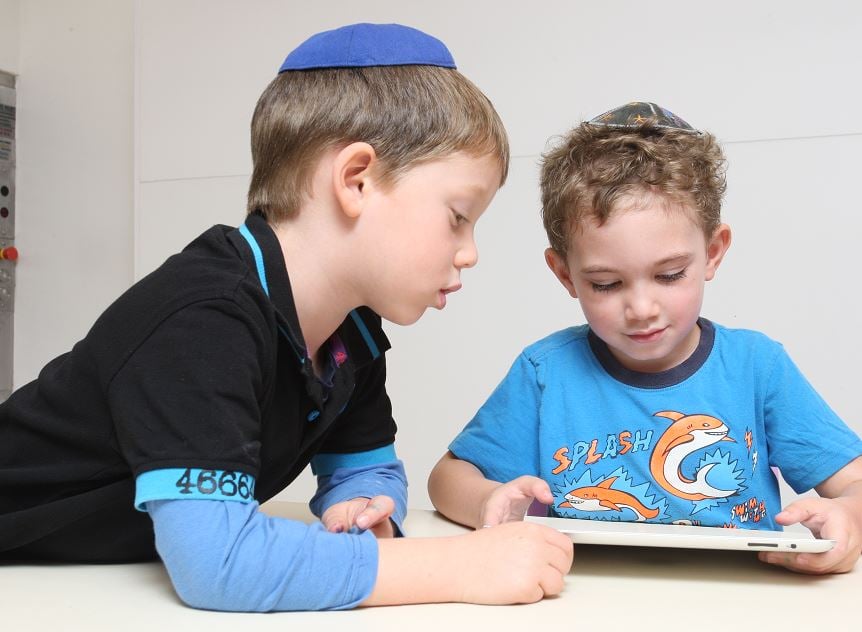Since the turn of the century, we have seen the rise of broadband internet, mobile technology, smart phones and all kinds of smart devices. It’s now possible to connect your kitchen appliances to the internet and many households have a smart TV. These advances have changed the way we approach things like work, relationships and, naturally, education. In the UK alone, a study by “Tablets for school” has shown that almost 70% of primary and secondary schools use tablet computers in the classroom. Below are five examples of technical advancements that are set to change the way we teach our children even more.
Virtual Reality
Virtual reality has been a buzzword at various points in history, but it has never reached the point of being a viable tool for education—until now, that is. Today, virtual reality technology is capable of rendering fully realised and immersive environments. The price tag and practicality of the equipment is, however, a barrier to widespread adoption. But it still makes for reasonable investment and practical classroom tool. The possibilities are endless. Imagine teaching your Jewish Studies class about Pesach, Yom Kippur or Abraham, Isaac and Jacob by observing how history unfolded through virtual reality from the comfort of your class?
3D Printing
Much like VR, 3D printing is now finding its way to the consumer market. Printing in three dimensions has become easier, faster and cheaper. By being able to create any object the imagination can conjure—provided you have the base material and a good blueprint—you can introduce any aid you see fit into the classroom. Students benefit hugely from being able to see, touch and feel objects relevant to their Jewish Studies instead of having to contend with a picture in a book. Let’s say you cannot take your class out to a museum housing a historical relic—just 3D print a replica in class!
Game-based Learning
Jewish Studies can be a hard sell to students whose minds are already preoccupied by maths, languages and general history. Through game-based learning, you’ll engage them in a fun and educational way. Games can be either single player, to help gain further knowledge, or multiplayer games, to introduce an element of competition or teamwork to the classroom. Games do not necessarily need to be expensive or digital; you have a lot of flexibility in how you can approach them. With educational platforms like Ji Tap, you already have a vast database of games centred around Jewish Studies at your disposal.

Wearable Tech
Wearable tech can be a VR kit or a GoPro camera, but also any smartphone or handheld device that records data or outputs information. With wearable tech, you can organise all sorts of classroom activities and outings that will help students gain a better understanding of Jewish Studies. We touched on the VR potential for Jewish Studies earlier, but what about filming a POV re-enactment of the completion of Solomon’s Temple. Or you could have your students partake in a geotagging game, visiting important Jewish landmarks in your community neighbourhood. Today’s technology is portable, affordable and adds an extra dimension to your classroom sessions.
iPads and Educational Apps
iPads are amazing devices that allow students to hold the knowledge of the entire world in their hands. From digital libraries to YouTube and specific educational websites and apps, the sky’s the limit. One such educational app is Ji Tap. Through Ji Tap, you can teach your children everything there is to know about Jewish Studies, in English or Hebrew. Ji Tap is a community-driven project that’s constantly evolving. If you can’t find a game or activity about the topic you wish to teach, you and your students can create that app and upload it for the rest of the community to use.
Interested in how technology can change education? Download our guide: how to become a 21st Century educator for more ideas.





